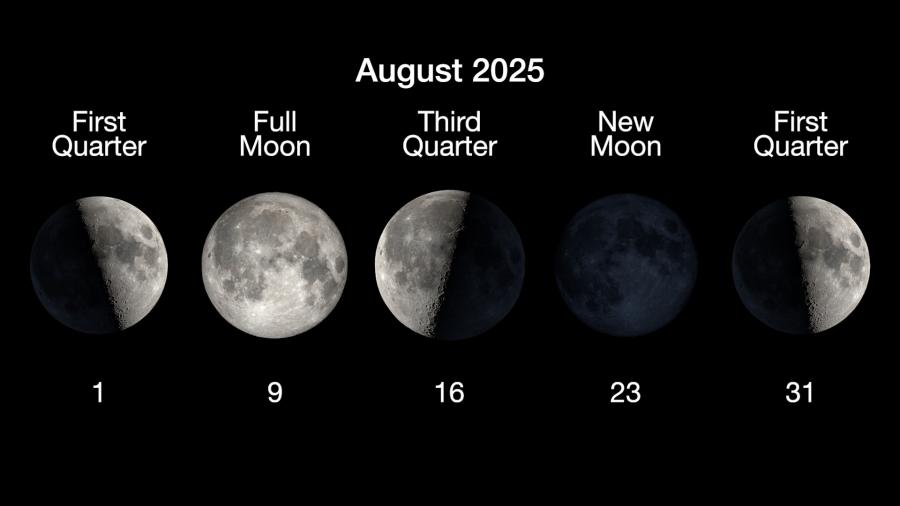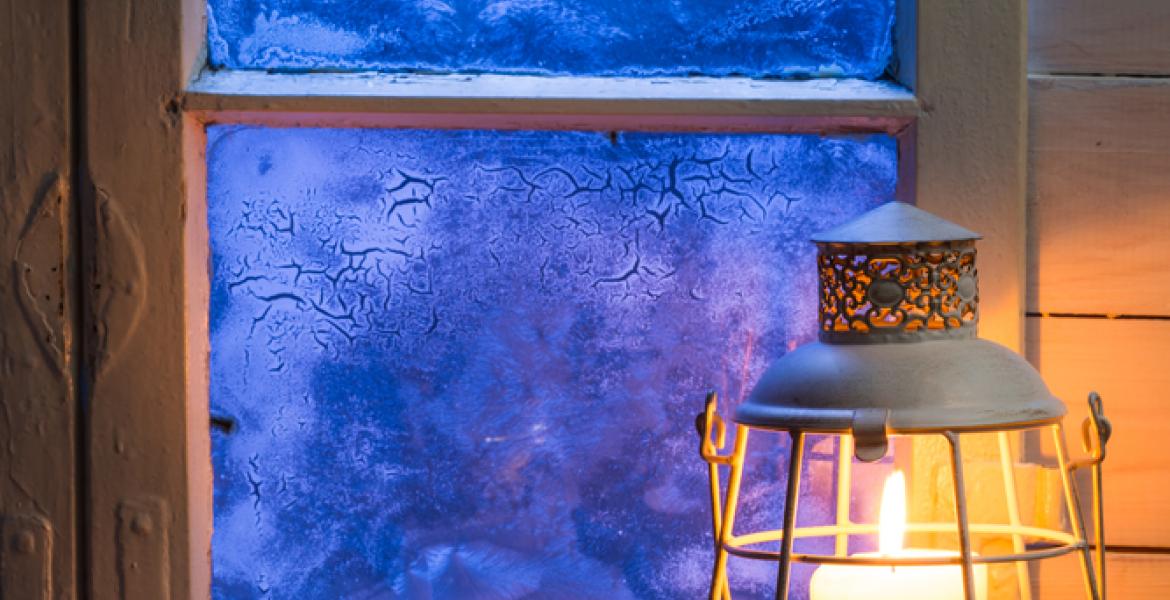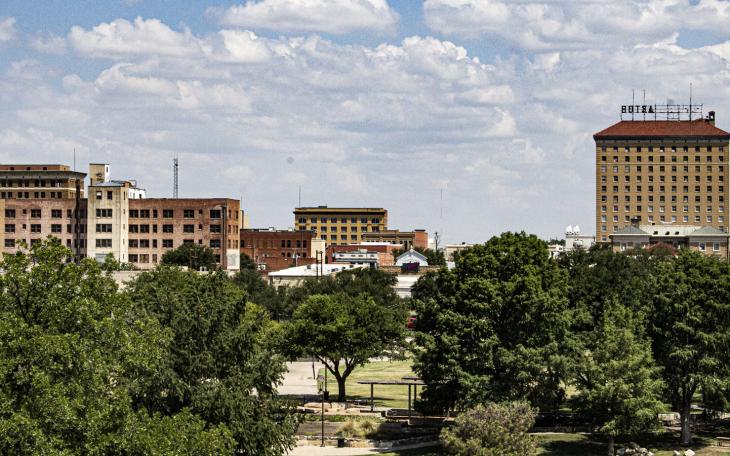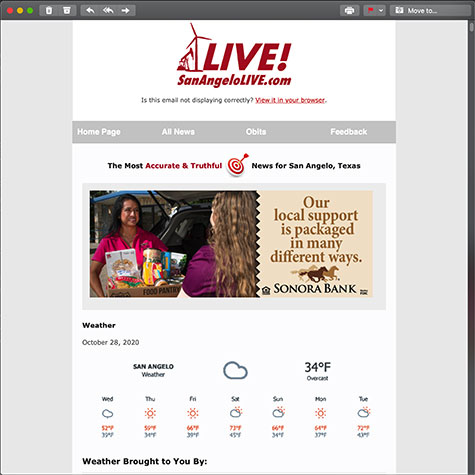SAN ANGELO, TX — The annual Perseid meteor shower peaks Aug. 12–13, but NASA says viewing will be hindered this year by an 84%-full moon that will wash out all but the brightest meteors. A few may still be visible in the pre-dawn hours.
Despite the less-than-ideal conditions for meteor watchers, August offers other notable skywatching events. Venus and Jupiter will appear just one degree apart before sunrise on Aug. 11 and 12, creating a bright conjunction in the eastern sky. A slim crescent moon will join them on Aug. 19 and 20.
Mars can be spotted low in the west after sunset, while Saturn rises around 10:30 p.m. early in the month and appears earlier each night. Mercury becomes visible above the horizon during the second half of the month.
All month long, the Dumbbell Nebula (M27) will be high overhead in the Summer Triangle star pattern, making it one of the easiest nebulae to spot with binoculars or a small telescope.

The moon phases for August are: First Quarter on the 1st, Full Moon on the 9th, Third Quarter on the 16th, New Moon on the 23rd, and First Quarter again on the 31st.

More information is available at science.nasa.gov, or by clicking HERE.
Subscribe to the LIVE! Daily
Required






Comments
Listed By: Rita Repulsa
Remember folks: When you're watching the skies, the skies are watching you back. Billions upon billions of ocular sensory organs, in fact. And they are disappointed. You are a disappointment.
- Log in or register to post comments
PermalinkPost a comment to this article here: